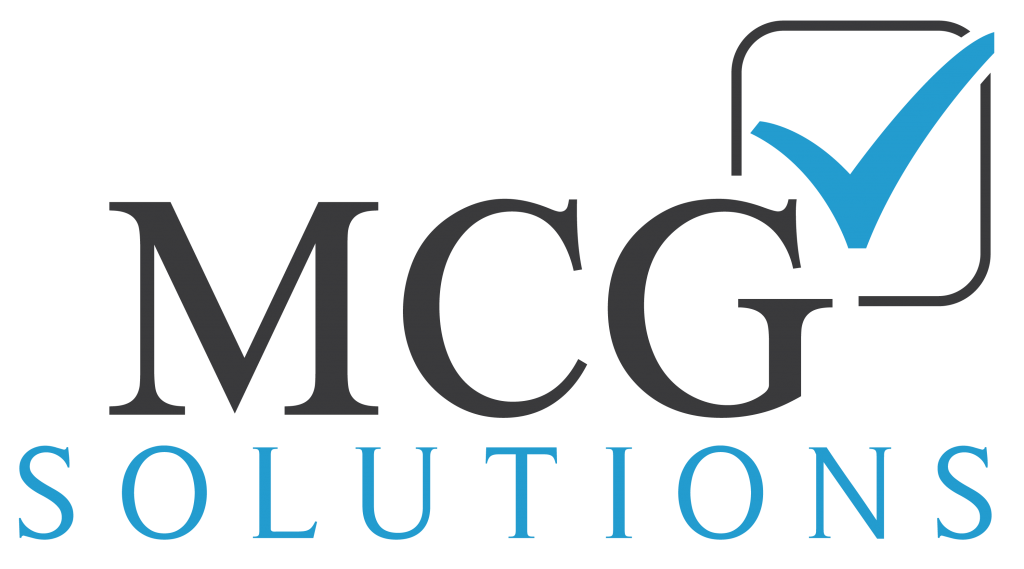Inflation has been rising rapidly this year, and small businesses have been hit hard. Most small businesses have tighter profit margins and lower cash reserves. Since money just doesn’t go as far as it once did, it’s tough to keep up with the burden of inflation. Inventory, supplies, fuel and materials are more expensive than ever. This is particularly tough after COVID-19 caused shutdowns, layoffs and closures across the country.
One solution is to raise prices—but that can frustrate customers and clients, who are likely also feeling the pinch. According to Bloomberg, about 40 percent of American small businesses planned to raise their prices by ten percent or more. CNBC reports that some “[s]mall-business owners are also getting creative, looking for alternative solutions, such as reducing the quantity of goods and services offered to help stabilize costs.”
Here’s what you need to know if you’re considering raising prices for inflation.
Keys to successfully raising prices
Some amount of inflation is normal: a yearly two percent rise is arguably healthy for the economy, and encourages to people to buy now before prices go up. However, “year-over-year CPI growth surged to 9.1 percent after an 8.6 percent gain in May.” As a result, small business owners are seeing their costs jump higher. Some owners report a 15 to 20 percent increase in operating and supply costs this year.
Few business owners look forward to raising their prices, even when it’s necessary. Whether you have an established clientele or you’re just getting started, clients and customers may experience sticker shock when they see higher pricing schemes. That doesn’t mean you’ll lose business, however.
Here’s how to raise prices without alienating customers:
- Communicate with customers: Most people understand that inflation is affecting everyone. Take advantage of this by communicating the need to raise prices with them. You don’t have to break down your entire budget—instead, give them some examples. For instance, “Increased lumber costs means that it now costs twice as much to make our signature custom furniture.”
- Be transparent: Don’t try to sneak additional costs or surprise increases into client bills. Be upfront about what’s changing, how and why. Because everyone is affected by inflation, your clients will likely understand, but no one likes surprises when it comes time to pay the bills.
- Consider adding fees: Instead of raising prices across the board, consider adding fees instead. For example, if you have a delivery-based service, let your clients know there will be an additional fuel surcharge to cover high gas prices.
- Make cuts when necessary: While you should explore cost-cutting solutions whenever possible, sometimes clients are willing to pay the same amount while cutting features or services they don’t use.
- “Grandfather” your loyal customers: Finally, consider grandfathering your loyal customers in with lower price increases. While newer clients are asked to pay larger increased prices, long-time customers might only see prices raised five percent.
However you choose to deal with inflation, having a great bookkeeper on your side can help. Call MCG Solutions today to learn more about our services.

